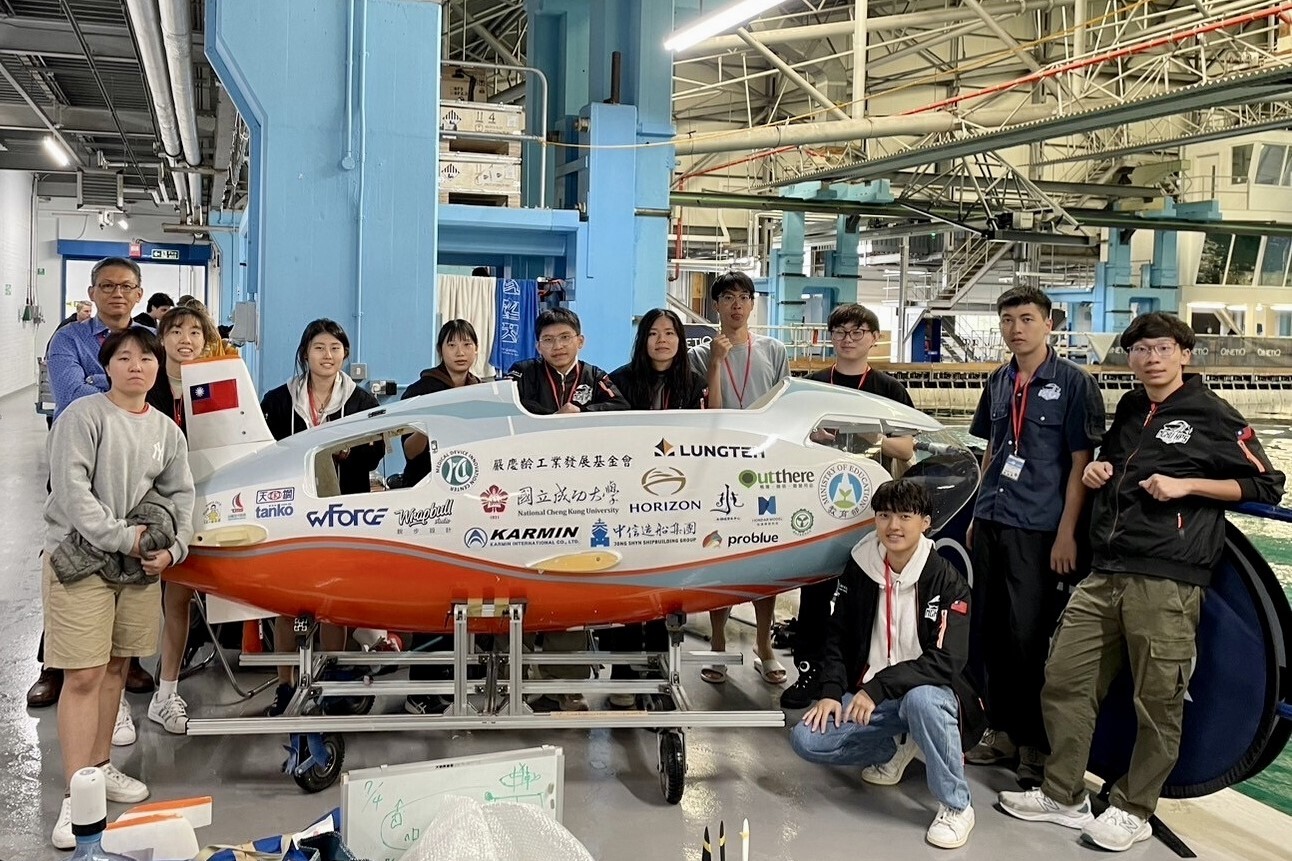NCKU's "Robot Brick" at the 2024 Kaohsiung Education Festival showcases innovative construction methods.
The team behind "Robot Brick" included Vice Executive Director Yang-Ting Shen, along with students such as Mi-Qi Wang, Lian-Kai Huang, Wei Xu, Cheng-En Tsai, Cheng-Yun Ye, Rui-Hong Lin, and Su-Yu Lai from NCKU's Digital Manufacturing Workshop. This smart construction team spent one month creating the mechanized bricklaying masterpiece. The name "Robot Brick" cleverly replaces the traditional "bricklaying" with "robot," symbolizing the theme of robotic bricklaying.
"Robot Brick" utilized visual programming and parametric design tools like Grasshopper for three-dimensional development. It simulated the logic and design of curved brick walls, generating customized bricklaying paths to drive HIWIN robotic arms for automated brick stacking. This approach revolutionizes traditional robotic arm control methods, using digital twin models as the core of visual programming. By almost eliminating the need for programming languages and utilizing spatial objects to plan and control the robotic arm, it significantly lowers the barrier for robotic arms to enter the construction industry, opening up a new avenue for intelligent design and construction.
The Kaohsiung City Government Education Bureau organized the "Kaohsiung Education Festival - 3rd Joint Exhibition of Technical High School Achievements in Civil Engineering, Design, and Hospitality" to promote a new face of education emphasizing artificial intelligence, bilingual education, inquiry-based learning, and self-directed learning. They invited a total of five technical universities and 14 technical high schools to showcase a variety of achievements in civil engineering, architecture, design, and hospitality. The event took place from May 24th to May 26th at Warehouse 8 in Kaohsiung Pier-2 Art Center, aiming to showcase the diversity of technical education and broaden students' future career prospects.
Ren-Jie Xiao, a teacher from Kaohsiung High School, who specializes in teaching technical construction, expressed great anticipation for the future integration of technical education and smart construction after visiting "Robot Brick." Teacher Yang-Ting Shen from NCKU stated that robotic bricklaying marks the beginning of liberating manpower in the construction industry. He emphasized the need for collaboration with robots to unleash the potential of "brainpower utilization," rather than fearing job competition with machines or AI. The cultivation of "human-machine collaboration" talent will be a key focus in the development of both education and industry, elevating human value from labor-intensive tasks to innovative thinking, and collectively addressing complex problems.
In addition to automating bricklaying, the NCKU team, under the support of the NCKU Sustainable Interdisciplinary Integration Project, collaborated with interdisciplinary teachers such as Professor Wen-Yu Su from the Department of Computer Science and Information Engineering, Professor Kuang-Yen Liu from the Department of Civil Engineering, and Professor Jia-Qing Yan from the Department of Architecture. They combined robotic arms with track-type autonomous vehicles, aiming to develop self-moving robotic arms capable of entering construction sites. They also researched and developed low-carbon concrete bricks to enhance construction efficiency while reducing carbon emissions from building materials, hoping to further advance intelligent construction towards a net-zero carbon emission future.
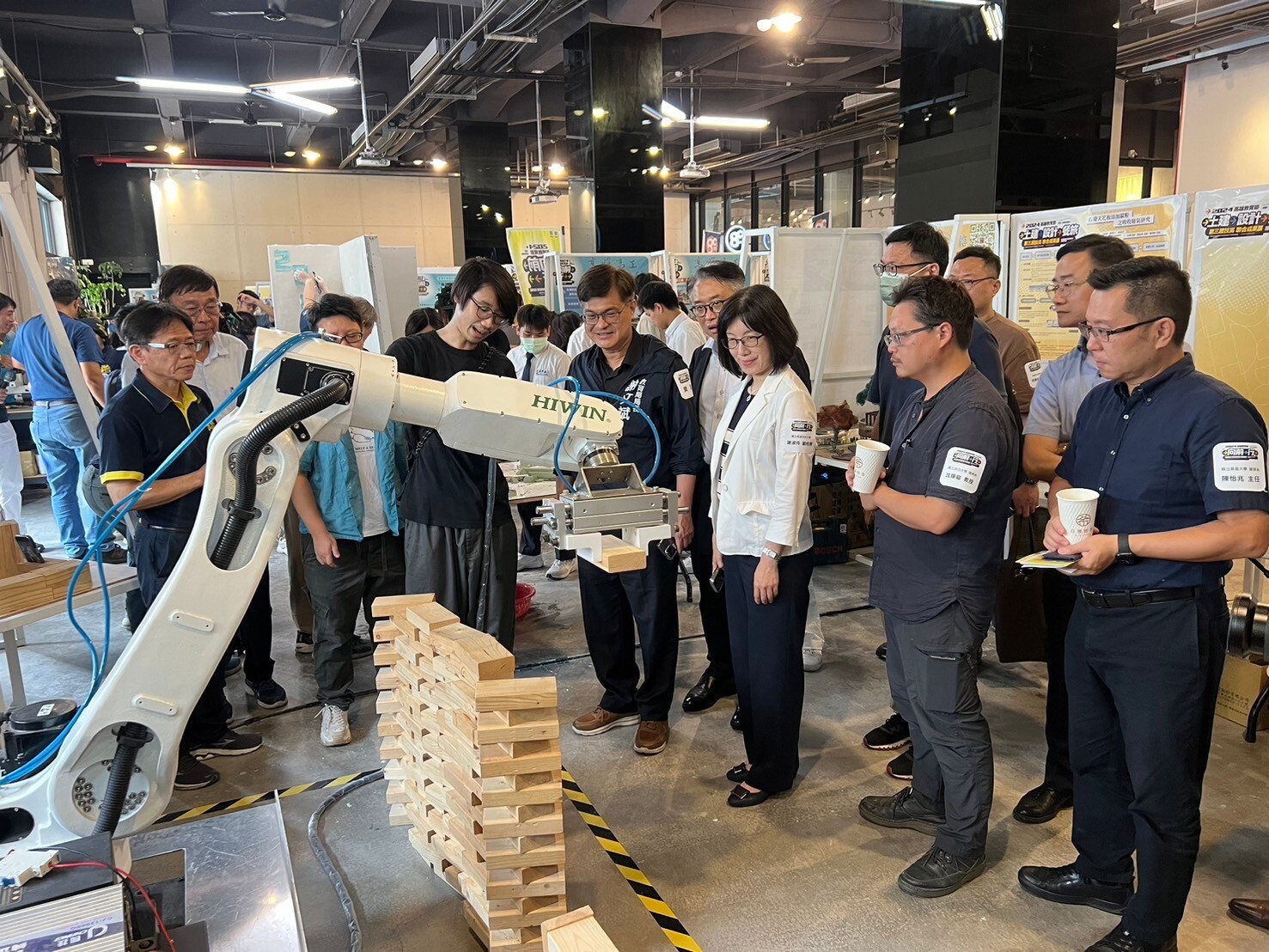
Kaohsiung City Education Bureau Director, Wen-Bin Xie (4th from the right), and others visited the "2024 Kaohsiung Education Festival" to observe the demonstration of the NCKU's robotic arm brick-stacking performance.
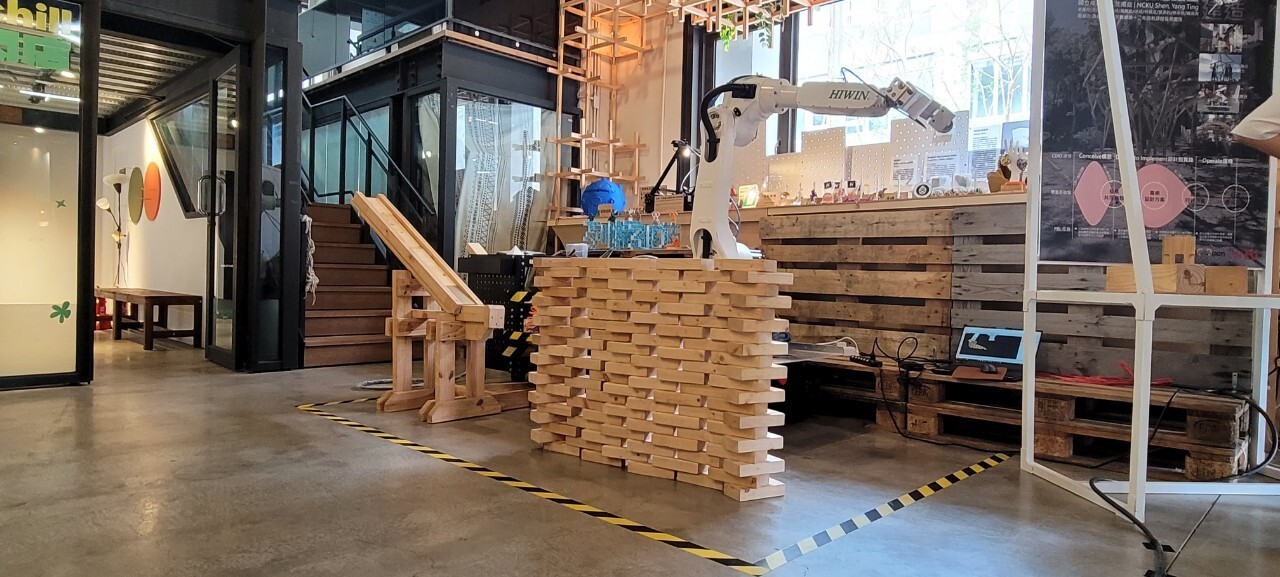
In the 2024 Kaohsiung Education Festival, NCKU was invited to exhibit their work "Robot Brick." This creation, completed by students and teachers from NCKU's Digital Manufacturing Workshop, took one month to finish and features a mechanized arm for automated brick stacking.
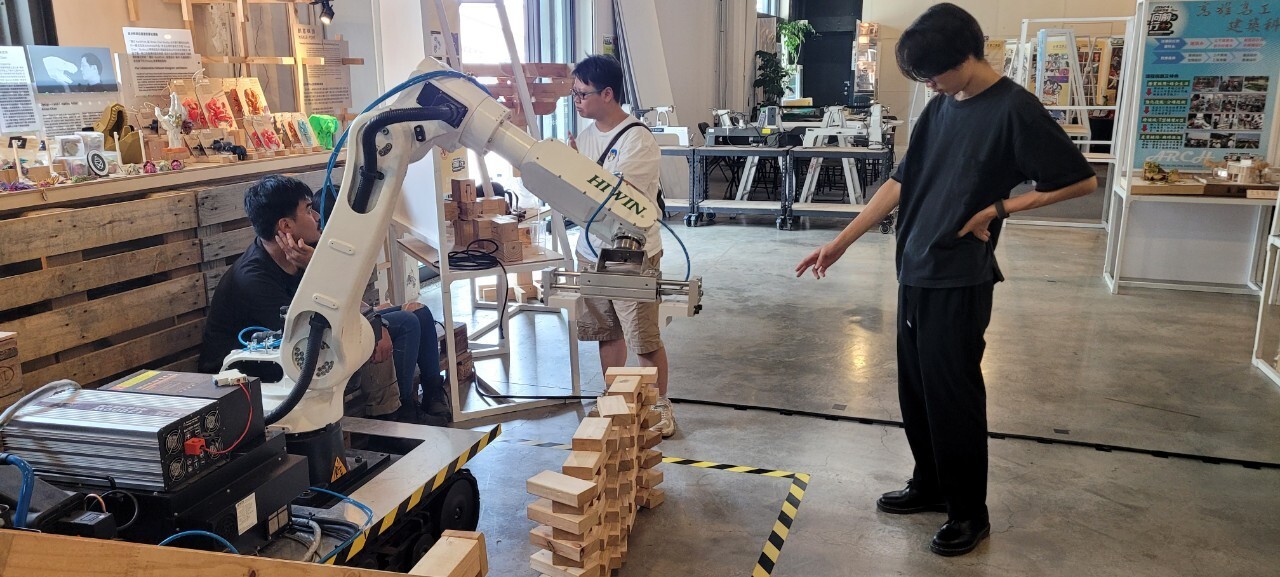
The work "Robot Brick" breaks through traditional control modes of robotic arms to achieve automated brick wall construction. It opens up a new pathway for intelligent design and construction in the fields of design and spatial planning.
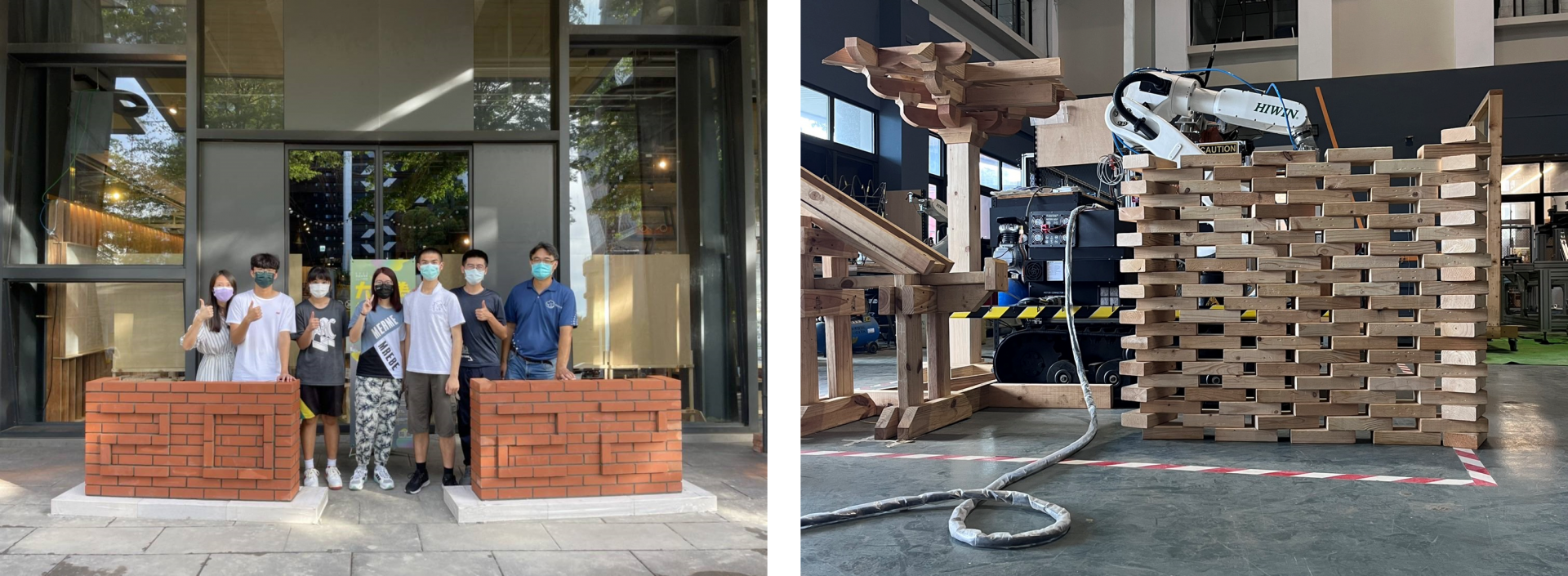
From the manual bricklaying by students in the left image from 2022 to this year's 2024 demonstration of bricklaying by robots, the team from NCKU showcases the new trend of intelligent construction.
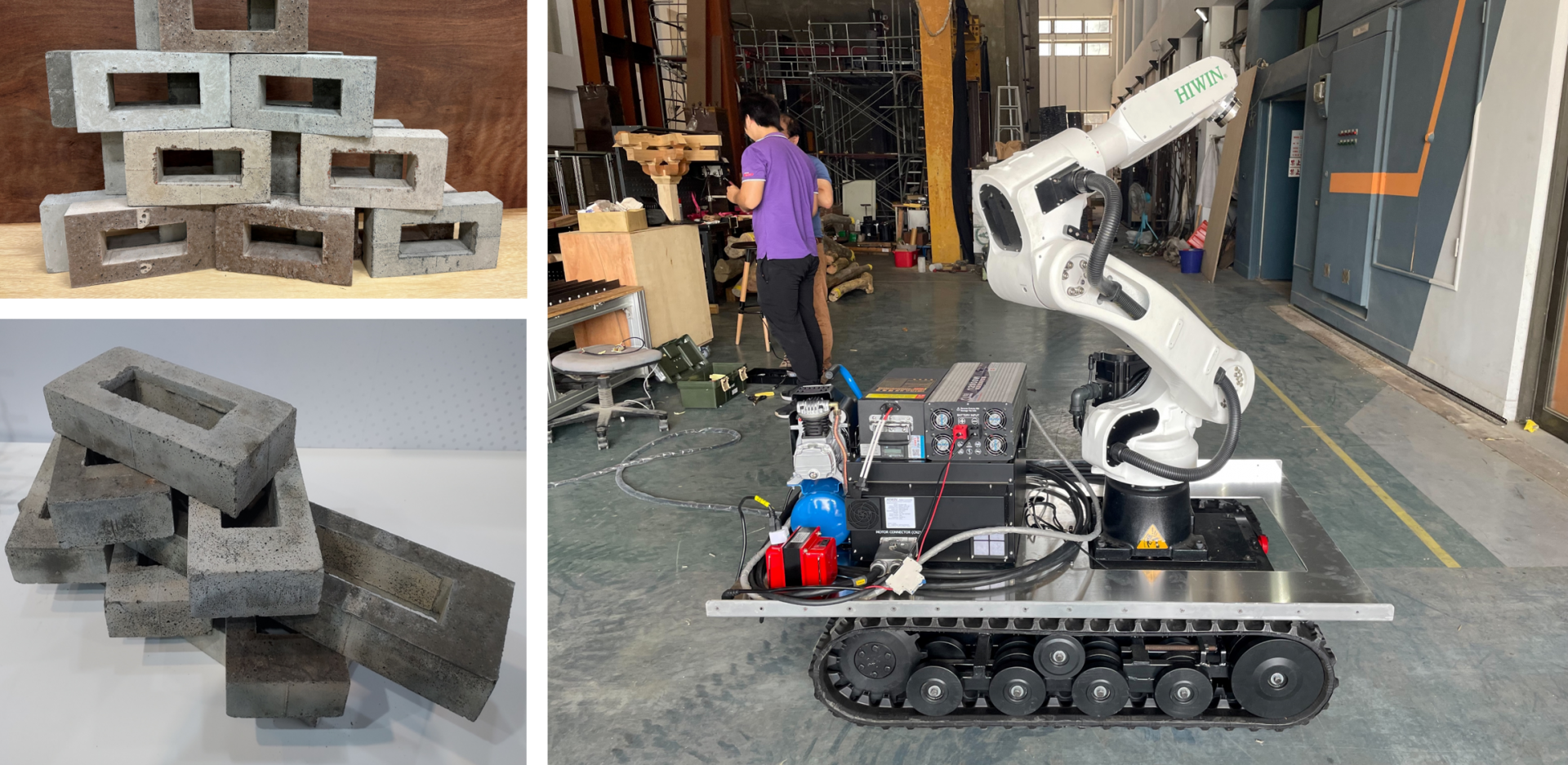
In addition to automating bricklaying, NCKU's research on low-carbon bricks and self-moving robotic arms is driving a new direction towards zero-carbon emissions in intelligent construction.
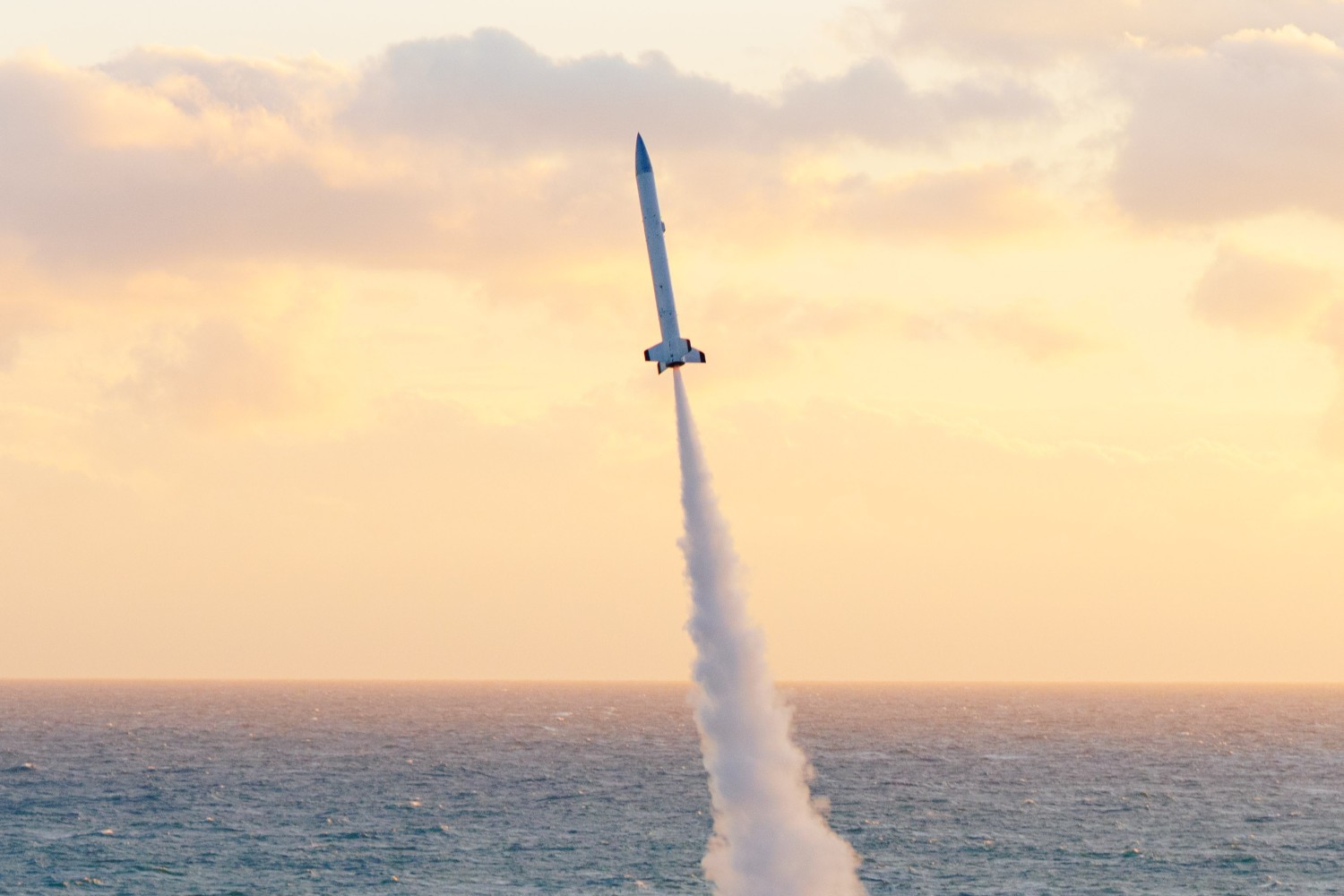
SDG9NCKU Team’s Research Rocket “AfterLight 1” Successfully Completes Flight Test at Xuhai
View more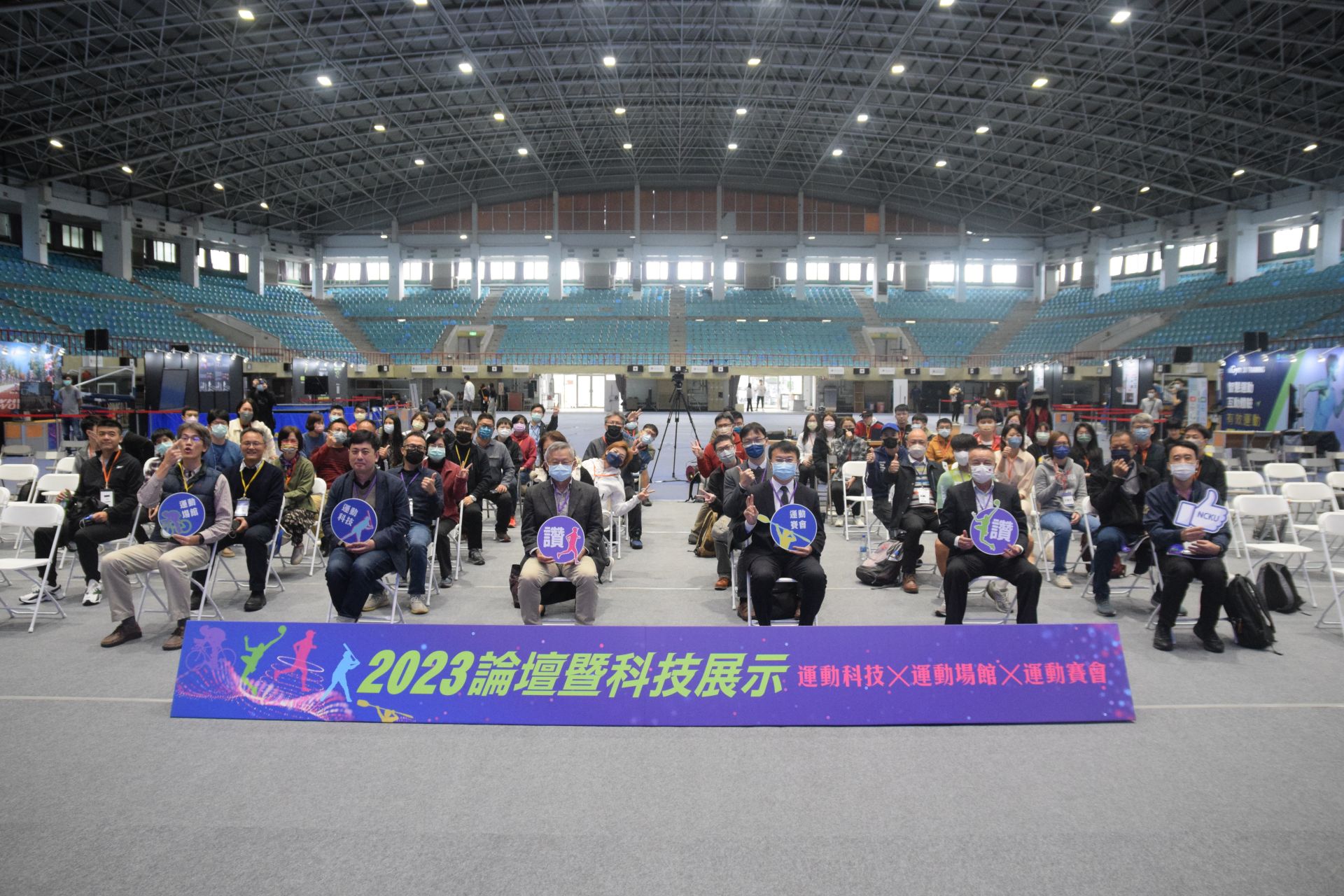
SDG92023 Sports Technology Forum and Exhibition: Integrating Technology to Explore Future Trends in the Sports Industry
View more